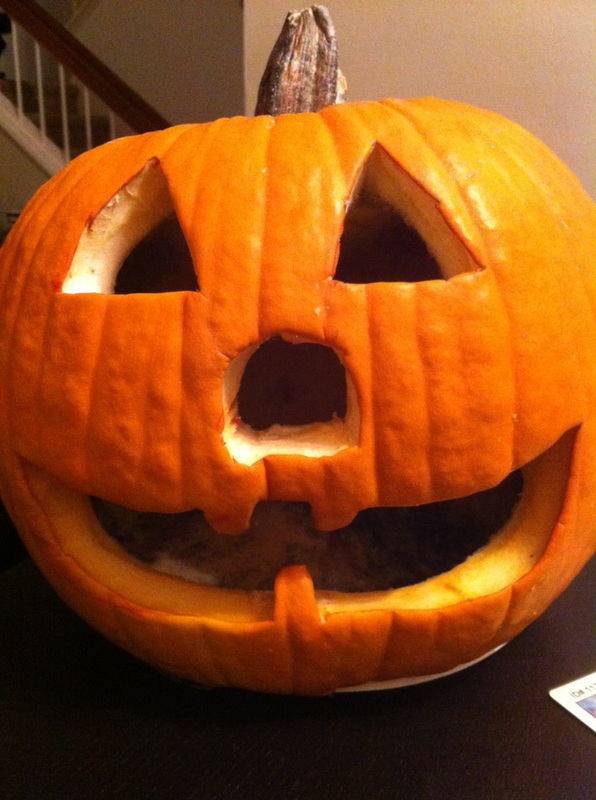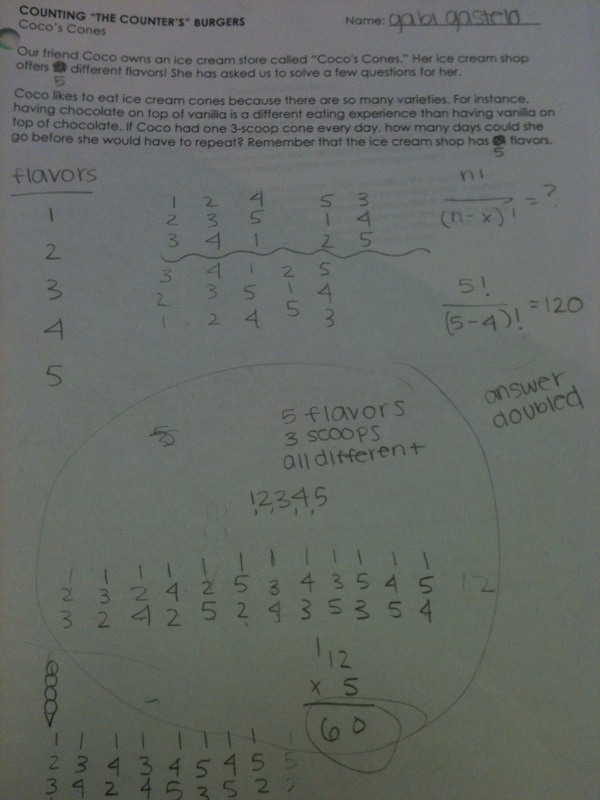1. Describe the task/activity that you were working on.
Over the weekend, I decided to carve a pumpkin. It took a lot of planning and thought. This reminded me of math because usually before we tackle a big problem, we plan it out and think about it.
2. How is your work here representative of this habit? Identify specific parts of your work that show this 'habit in action.'
While preparing to carve my pumpkin, I realized that the design was made up of 4 different shapes. two triangles, a round square, and the mouth shape. By recognizing this, I realized that I was using simpler related problems to solve a bigger problem, which was carving a pumpkin.
3. How was this habit useful in helping you make sense of the task/activity? If it was not useful, how might you revise your use of this habit so that it was useful?
After I solved the simpler problems, it became very easy for me to carve the pumpkin neatly and systematically. I don't think that my pumpkin carving would have turned out this good if I did not use this strategy from the beginning.
Over the weekend, I decided to carve a pumpkin. It took a lot of planning and thought. This reminded me of math because usually before we tackle a big problem, we plan it out and think about it.
2. How is your work here representative of this habit? Identify specific parts of your work that show this 'habit in action.'
While preparing to carve my pumpkin, I realized that the design was made up of 4 different shapes. two triangles, a round square, and the mouth shape. By recognizing this, I realized that I was using simpler related problems to solve a bigger problem, which was carving a pumpkin.
3. How was this habit useful in helping you make sense of the task/activity? If it was not useful, how might you revise your use of this habit so that it was useful?
After I solved the simpler problems, it became very easy for me to carve the pumpkin neatly and systematically. I don't think that my pumpkin carving would have turned out this good if I did not use this strategy from the beginning.


 RSS Feed
RSS Feed